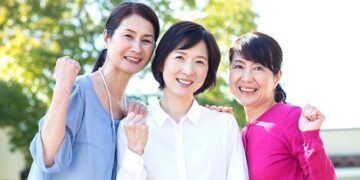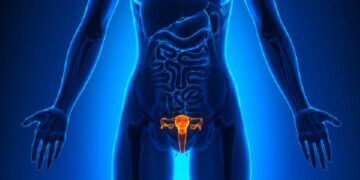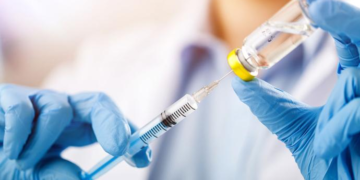Lunge variations and side lifts
Movement Analysis: Stand as in the starting movement of movement one, take a big step forward with your right foot and bend your right knee; your right knee should be in line with your right ankle; bend your left knee and lift your heel. Bend over and bring both arms forward so that the dumbbells are on either side of the right foot. Straighten your body, put the dumbbells back on the sides of your body and return to the initial stance with one top of your back foot and your front foot straight. After the body is upright, do a side raise; raise the arms to shoulder level; bend the elbows and wrists slightly. Lower your arms and return to the initial position. Then repeat the full set of movements, this time taking our left foot.
Body parts that get exercised: exercise the quads, large tendons, hips, belly and middle part of the shoulders; balance with the muscles of the back and abdomen.
Dumbbell push-ups
Movement analysis: kneel on a mat, holding a dumbbell in your hand, on the floor. Hands apart, wider than shoulder width, palms toward the floor. Bend your arms and bring your body down until our small arms and upper arms are at a 90 degree angle. Brace your body and return to the initial position.
Body parts that get a workout: exercise the chest, front hip and triple double muscle.
The full strength of a lift
Movement analysis: stand with feet naturally apart and legs straight (do not bend), place dumbbells in front of thighs with palms facing inward. Keeping your spine balanced, do a stiff lift, bending forward from the hips until we feel our thigh muscles stretching. Then slightly bend your knees as close to your shoulder blades as possible, extend your arms outward, bend your elbows slightly, maintain an upright flying position, and then focus your weight on your thighs. Tighten our hips and return to the initial stance.
Body parts that get a workout: Mainly exercise the thigh ligaments, hips, back shoulders and upper part of the back.




































